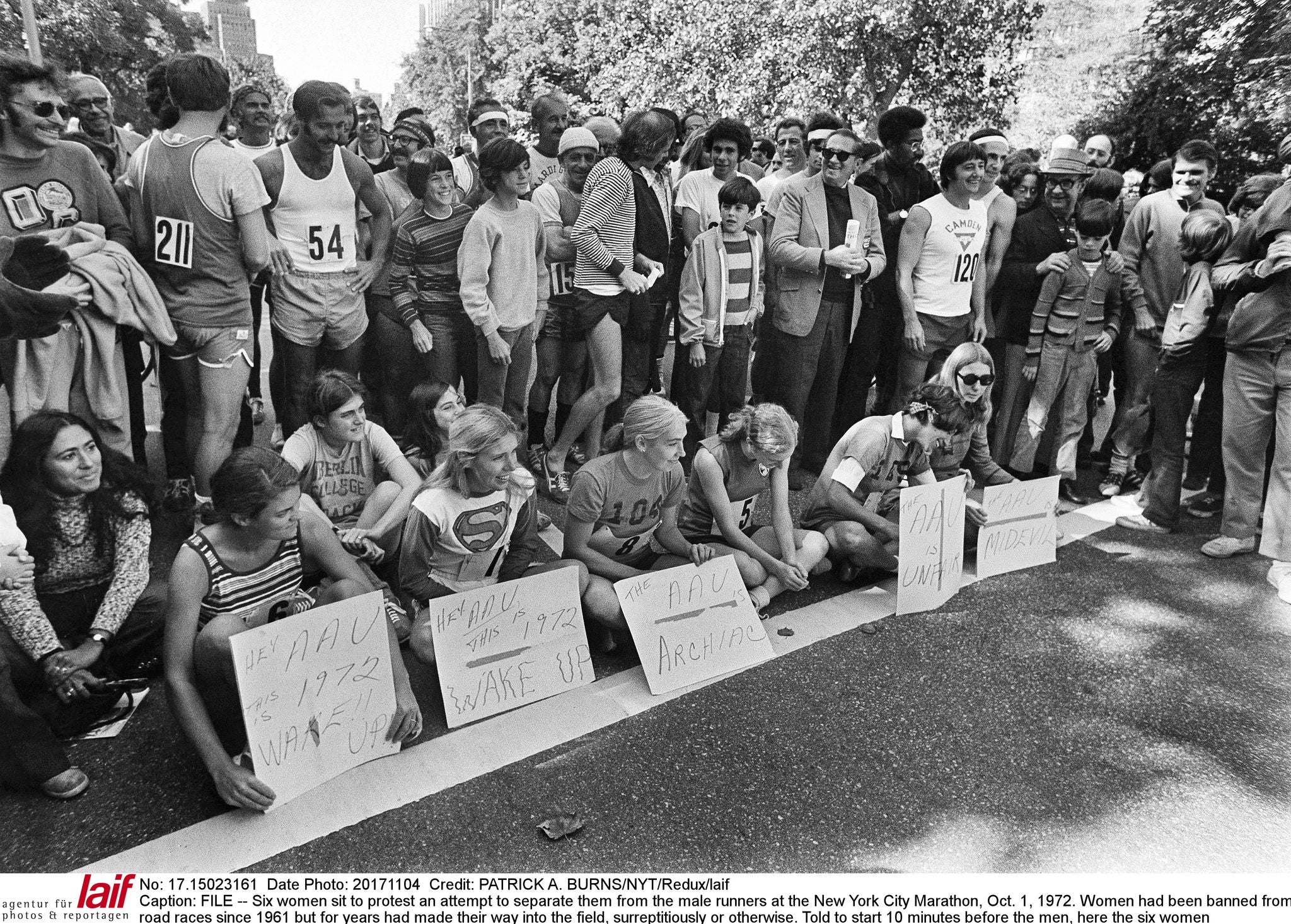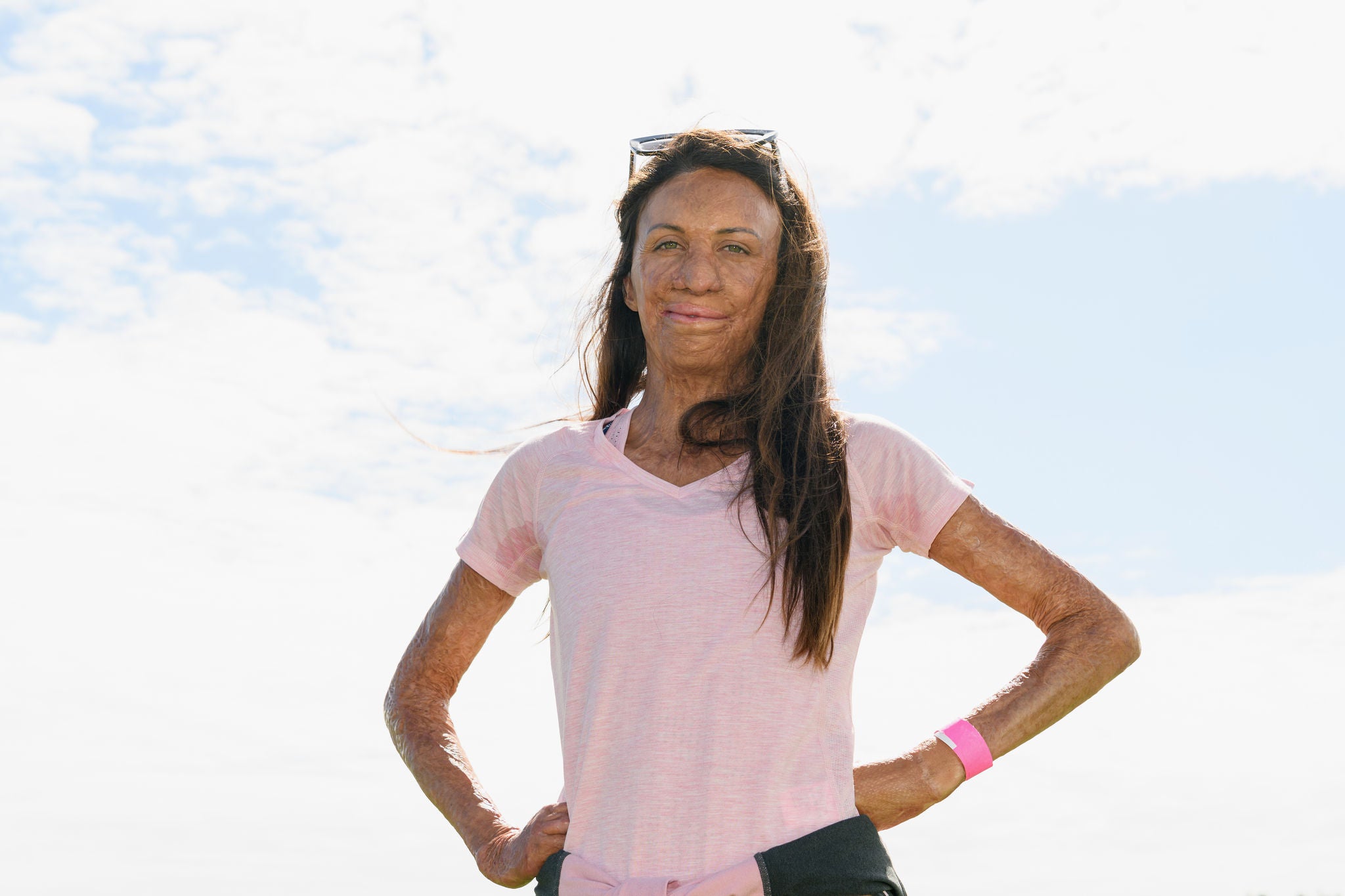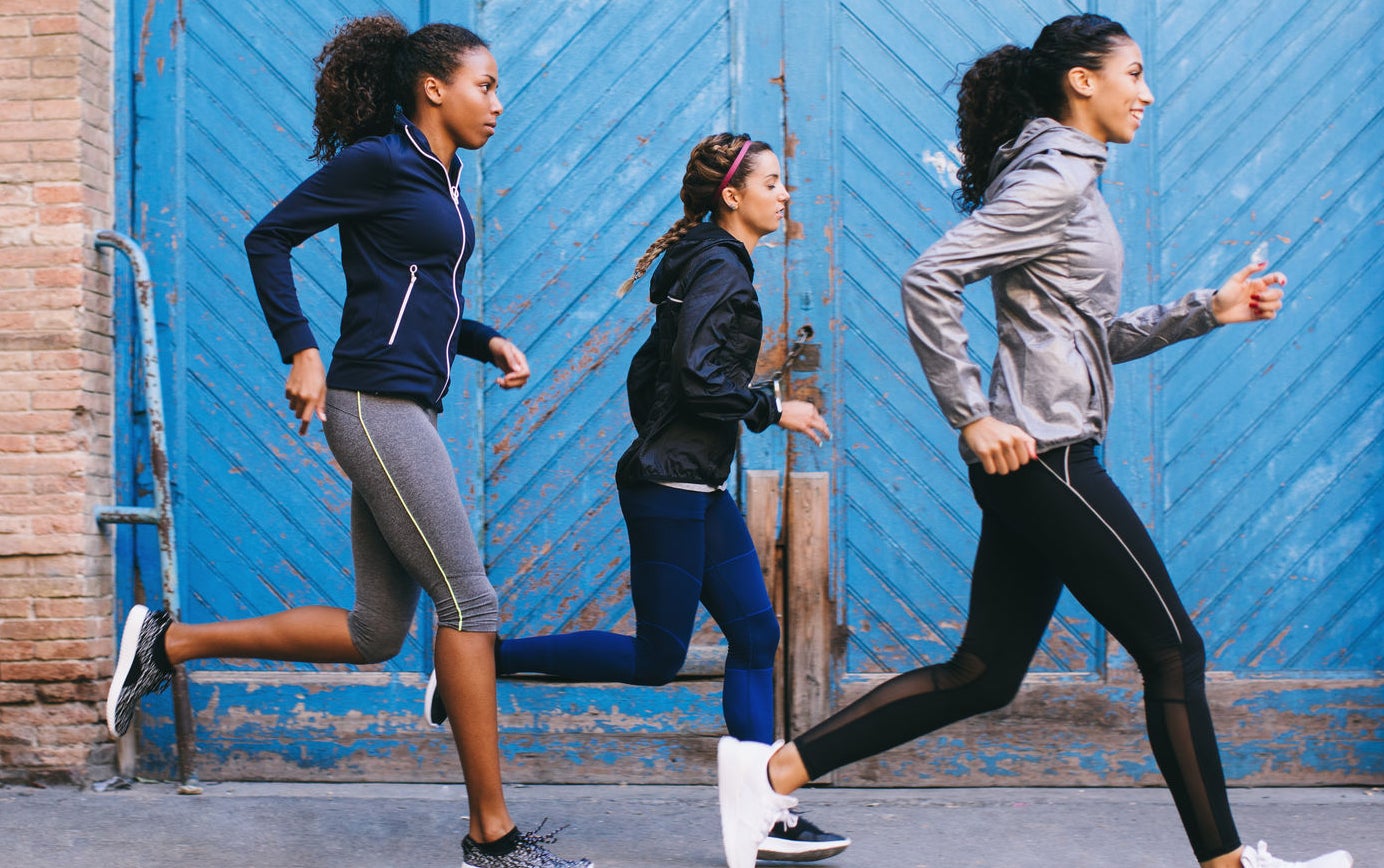.jpg/_jcr_content/renditions/cq5dam.web.1280.1280.jpeg)
Visit Continental Tires in your country for local vehicle fitment
# Running
Revolutionary female athletes
who changed the way women run

Running is almost universal. It’s a sport and exercise that requires no special equipment, no ball, no referee, no coach and no team. It simply requires a good pair of running shoes, your body and mind. As simple as the concept of running may be, for women it did not come easy. In fact, distance running was thought to be un-ladylike and everyone from doctors to teachers, to race organisers – even the International Olympic Committe – tried to prevent female runners from participating in the sport. Thanks to women who pushed against this absurdity, fun runs, marathons, and even endurance races today are diverse and open to almost anyone – regardless of ethnicity, disability, age and gender. Learn about the incredible women who once revolutionized change and are continuing to change the way we run today.
Bobbi Gibb, The first female runner to finish the boston marathon
The first-ever female runner to finish the Boston Marathon in 1966 was not a registered contestant because her application was rejected, simply for not being a man. When she applied, she received a letter back which read, “women are not physiologically able to run marathon distances.” However, at the time she was already running over 60 kilometers at a stretch. Reason enough to prove the organizers’ beliefs about women wrong.
 Bobbi Gibb running the 1967 Boston Marathon without a bib as the first female runner
Bobbi Gibb running the 1967 Boston Marathon without a bib as the first female runner
On the day of the marathon, Gibb hid in some bushes close to the starting line, waited for half the pack to go by and then jumped into the race. Once she came close to reaching the finish line, she remembers the women watching from the sidelines jumping up and down and cheering her on. As Gibb remembers, “a part of what I wanted to do was to show that men and women can do things together and change the way people thought about women.”
A part of what I wanted to do was to show that men and women can do things together and change the way people thought about women.
Bobbi Gibb
Kathrine Switzer, the first woman to run the Boston marathon as registered entrant
A year after Bobbi Gibb’s marathon as an unregistered runner, Kathrine Switzer was the first-ever female competitor to run the Boston Marathon as a numbered entrant. However, this was only because she was mistaken for a male.
Switzer was able to register for the marathon because she had a habit of signing her name as K.V. Switzer instead of Kathrine Virginia. And since the day of the marathon was freezing cold, she wore grey tracksuit pants and a pullover – similar to what the 740 competing men were wearing. Not until about the 3-mile mark (approx. 5 km after the start) did race director Jock Semple realize there was a woman racing with a registered bib.

He hurtled after her and attempt to rip off the bib from her back while yelling, “Get the hell out of my race and give me those numbers!” Fortunately, Switzer’s boyfriend was close by and managed to shove Semple off the course. Although a little traumatized by the event, Switzer says, “at that point, I wanted to prove a point that females could be marathoners, could finish the race, and deserve to be there.” Switzer ran on with her iconic 261 bib and finished the marathon.
The NYC Six, female runners who protested discrimination in the New York City Marathon
In 1972, six female runners, Lynn Blackstone, Jane Muhrke, Liz Franceschini, Cathy Miller, Pat Barrett and Nina Kuscsik, signed up to run the New York City Marathon. Although they were allowed to participate, they were only allowed to do so on the condition that they would start 10 minutes before the men. This was a rule made by the Amateur Athletic Union, then the governing body for marathons in America.
In an act of defiance against this discriminatory rule, the six women sat down as soon as their start gun went off and held up their signs of protest: “Hey, A.A.U. This is 1972. Wake up.” 10 minutes later they stood up and took off with the rest of the men when the second start gun went off.
 Lynn Blackstone, Jane Muhrke, Liz Franceschini, Cathy Miller, Pat Barrett and Nina Kuscsik
Lynn Blackstone, Jane Muhrke, Liz Franceschini, Cathy Miller, Pat Barrett and Nina Kuscsik
 Female runners participating in the 2019 NYC marathon
Female runners participating in the 2019 NYC marathon
Thanks to protesting women like the NYC Six, the sport has become less gender-biased – and more inclusive in general, as today’s registration numbers for the marathon show…
Turia Pitt, The running survivor
Today, women are continuing to redefine running. Turia Pitt is one of them. In September 2011, she was competing in a 100-km ultramarathon through the Australian outback when she was caught in a grass fire. Pitt suffered burns to 65 percent of her body and doctors did not expect her to survive her injuries. She lost seven of her fingers, spent over six months in hospital, endured over 200 operations and spent two years in recovery.
 Ironman athlete Turia Pitt today
Ironman athlete Turia Pitt today
Somehow, Pitt managed to defy every expectation and rebuilt her life. In May 2016, she completed her first Ironman and five months later went on to compete in the Ironman World Championships in Hawaii! Despite everything Pitt went though, she proved to herself and the world it’s possible to reach new heights, even after suffering such a traumatic and debilitating experience. Although it took a tremendous amount of patience, walking and eventually, running, she did it.
Rahaf Khatib; Marathon-Running Hijabi
Another woman revolutionizing the way women run is Rahaf Khatib, an elite marathon runner and an adidas ambassador. She’s also the first Syrian to complete six world marathons and with 11 marathons and two triathlons to her name, she’s a running champion! What makes her different from other marathoners? The fact she doesn’t let her religion interfere with her passion for running.
To her, running while wearing her hijab seemed natural, but its significance for others is massive: “When I’m out there running and meeting people, I realize what a profound statement I’m making. I’m making a statement without even opening my mouth, just by lining up at the starting line.” Khatib feels she needs to be out there for other Muslim women, especially to combat negative stereotypes. In doing so, she’s not only creating necessary change but also paving the way for others like her to go out, walk, run, and chase their own dreams.
 All over the world woman enjoy running
All over the world woman enjoy running
I’m making a statement without even opening my mouth, just by lining up at the starting line.
Rahaf Khatib
